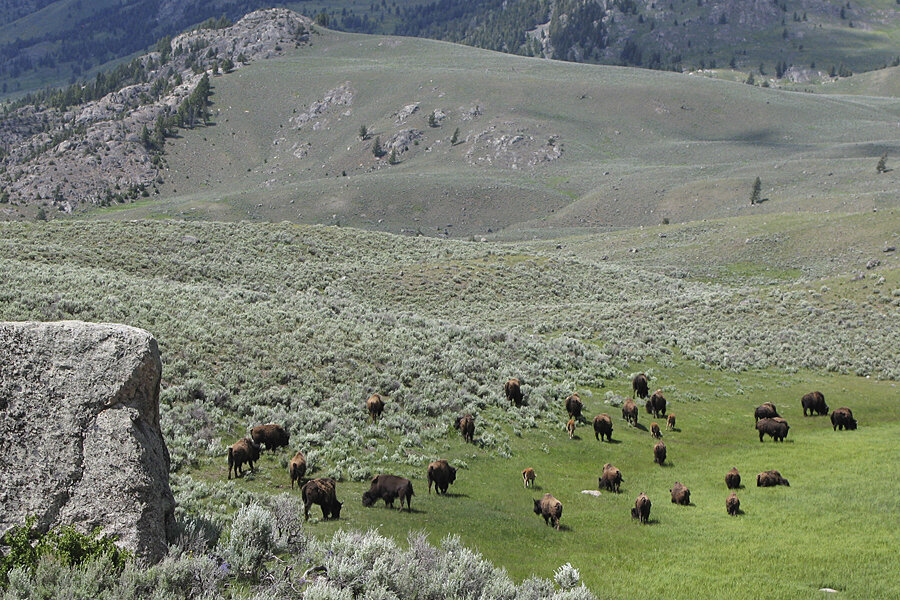Yellowstone drone: Why more drones are buzzing National Parks
Loading...
A tourist seeking to take pictures of Yellowstone National Park crashed a camera-equipped drone into its largest hot spring, possibly damaging the prized geothermal feature, a park official said on Wednesday.
The incident follows the crash earlier this summer of a drone into a marina at Yellowstone Lake and a string of radio-controlled aircraft violations at Grand Teton National Park in Wyoming.
The National Park Service in June announced a ban on so-called unmanned aerial vehicles, but officials say premier national parks in the U.S. West are reporting a sharp rise in the number of drones buzzing bison and boaters.
It was not clear if the drone that crashed Grand Prismatic Spring on Saturday and sank into its depths would damage the geothermal feature, park spokesman Al Nash said, and officials were still trying to decide whether to remove it.
"What we have to determine is whether the presence of this radio-controlled recreational aircraft poses a threat to that unique resource," Nash said of the Grand Prismatic, the third-largest hot spring in the world and a top attraction for the roughly 3 million visitors who flock to Yellowstone each year.
The park is puzzling over how to find the drone and extract it without damaging the hot spring, which is 370 feet in diameter, more than 121 feet deep and known for its brilliant colors caused by bacteria and minerals in the water.
The desire by some visitors to capture and post online footage of wildlife and scenic views must be weighed against public safety, protection of natural resources and complaints by an increasing number of visitors who say low-flying drones have marred their experience at Yellowstone, Nash said.
Drones are not the first challenge affecting natural resources at a park that spans parts of Wyoming,Montana and Idaho. Visitors in decades past threw coins in water features.
Fishing Cone Geyser on the edge of Yellowstone Lake was a popular catch-and-cook site for anglers.
"People would stand on it with a fishing pole, catch a fish and then drop that fish into the thermal feature where it would cook," said Nash.
He added: "Once it was determined there was arsenic in the geyser water, that practice stopped." (Reporting by Laura Zuckerman in Salmon, Idaho; Editing by Dan Whitcomb and Mohammad Zargham)







